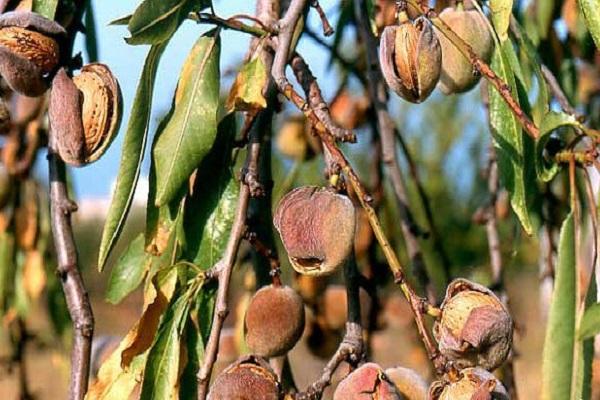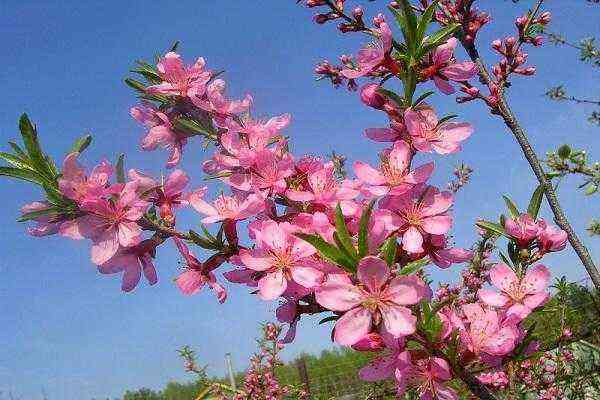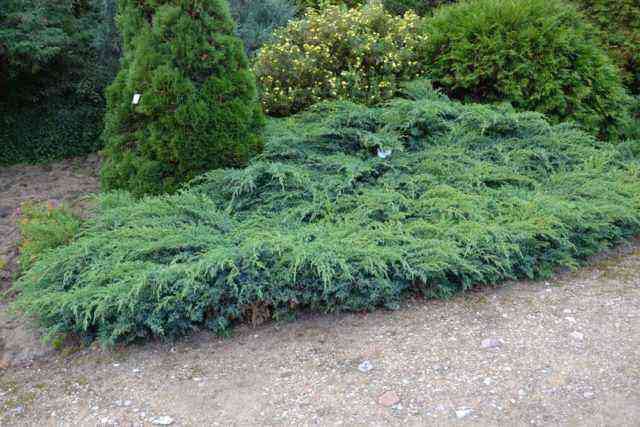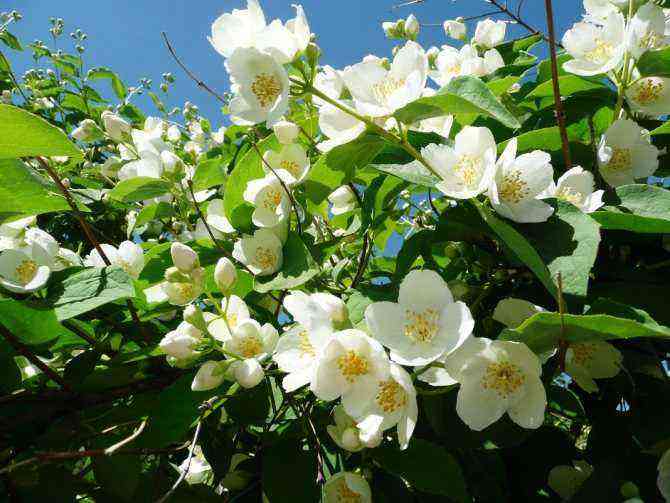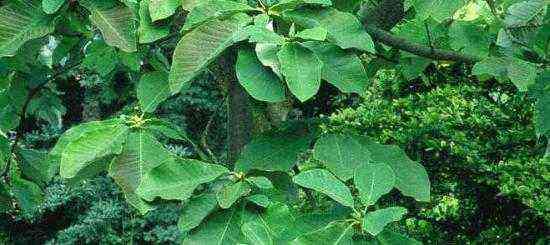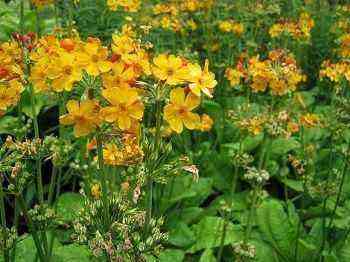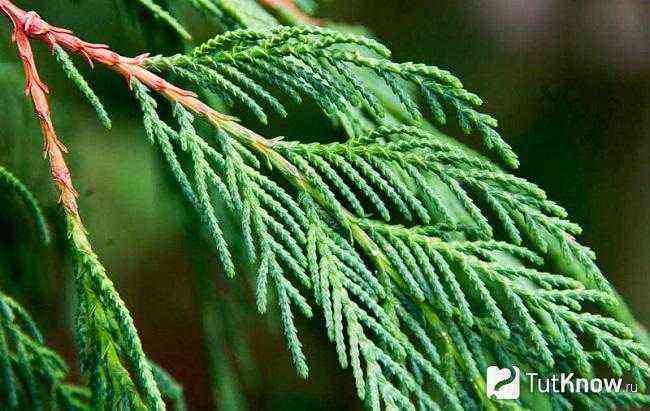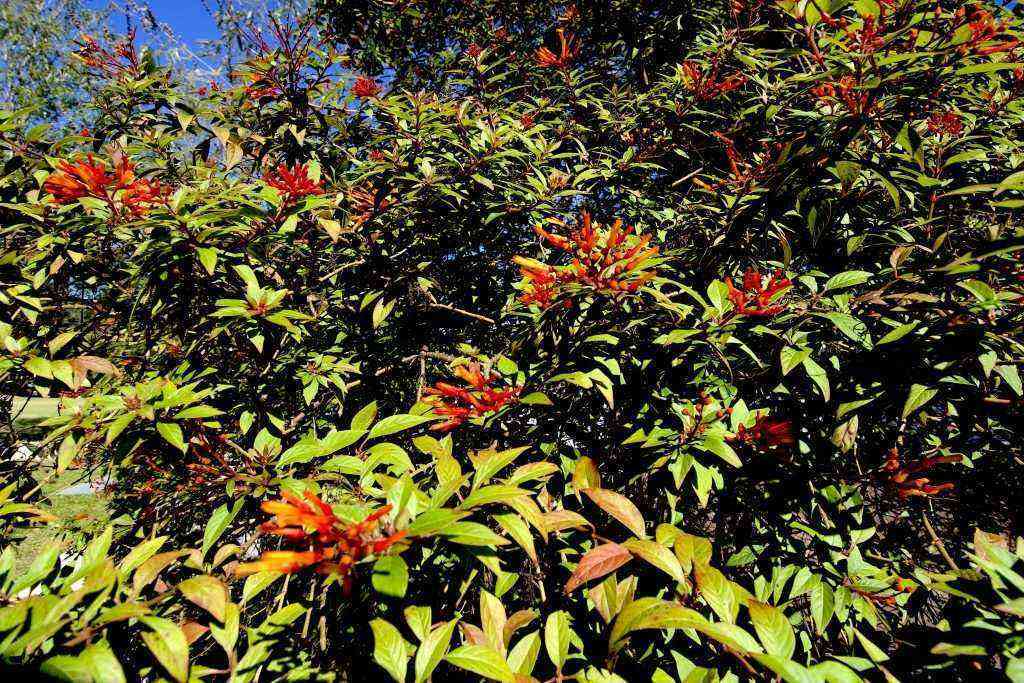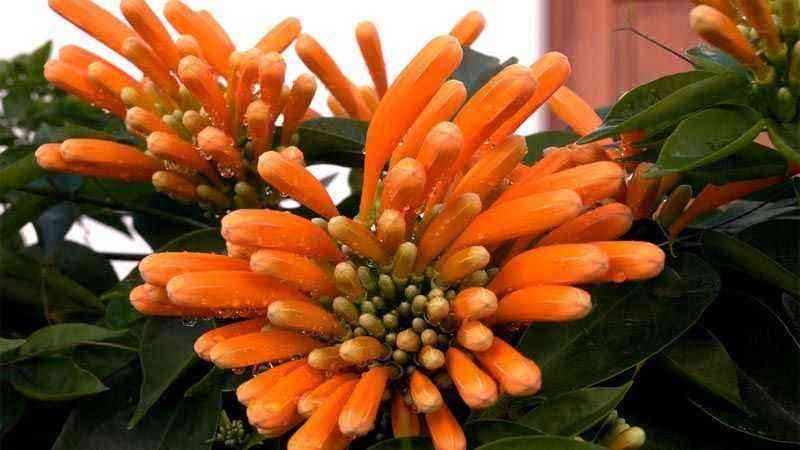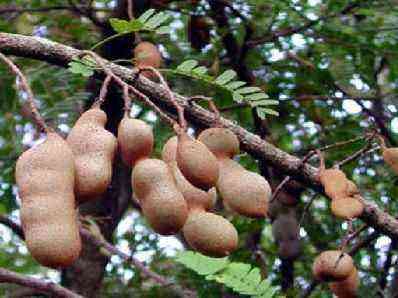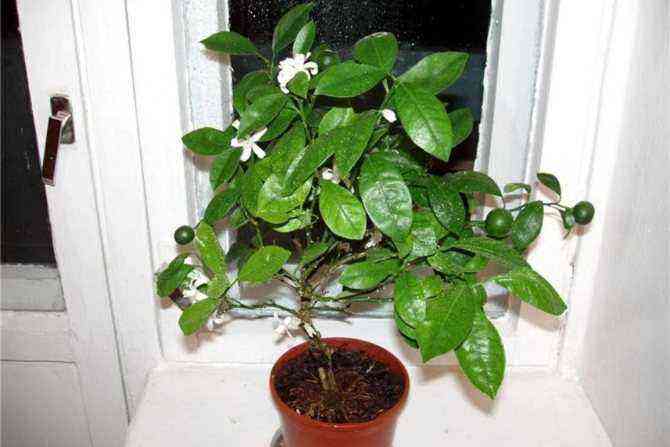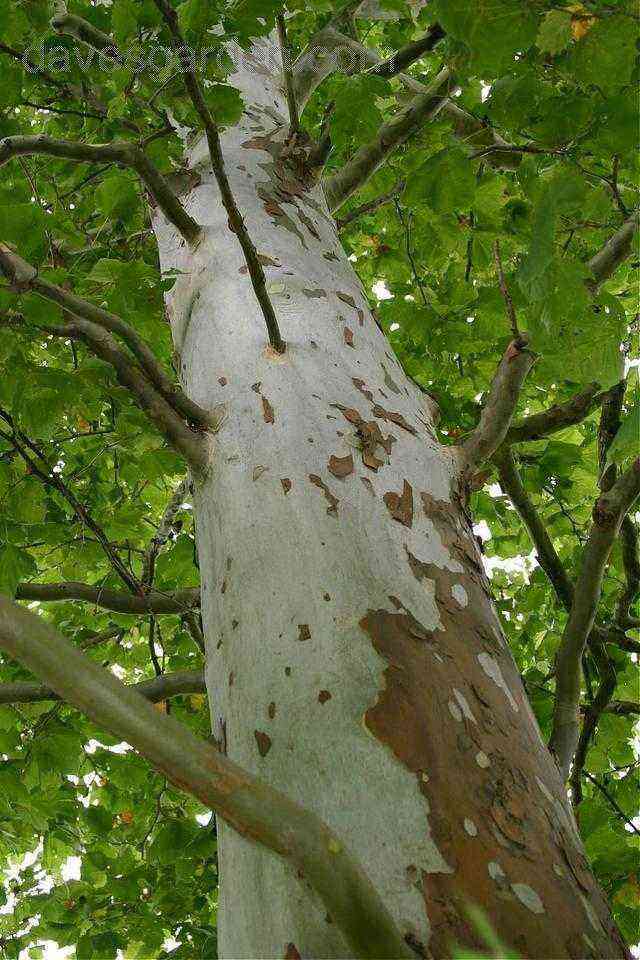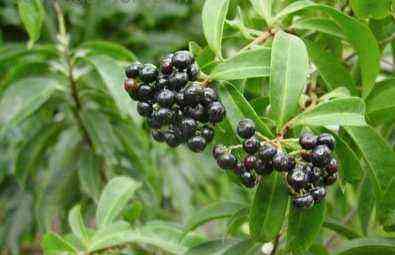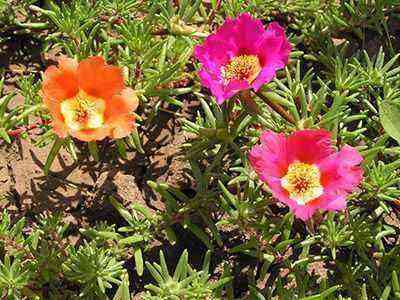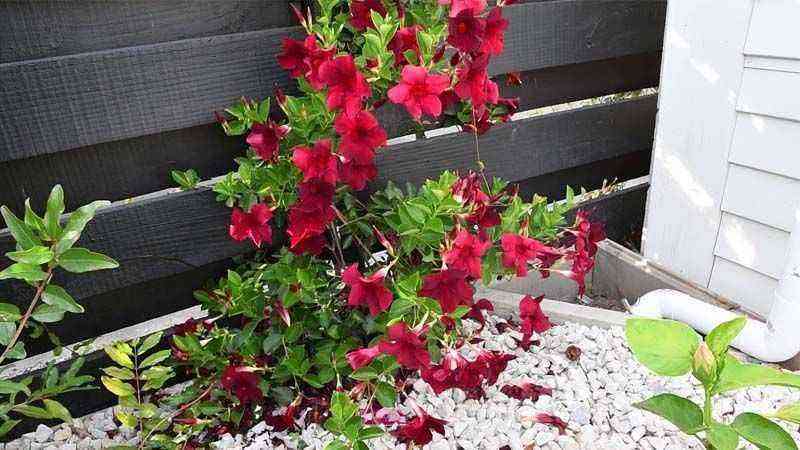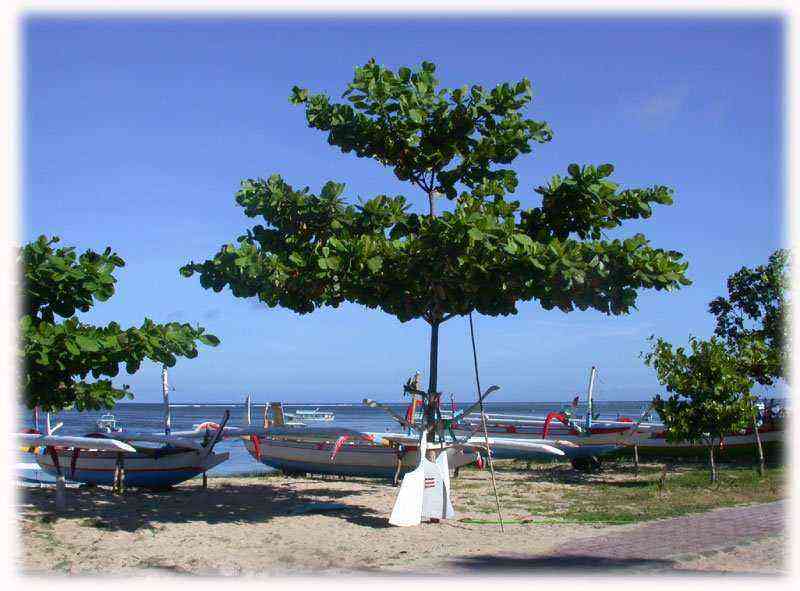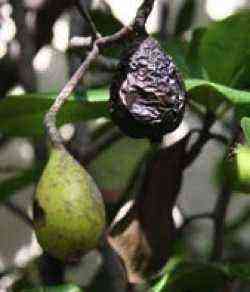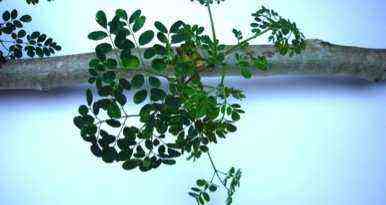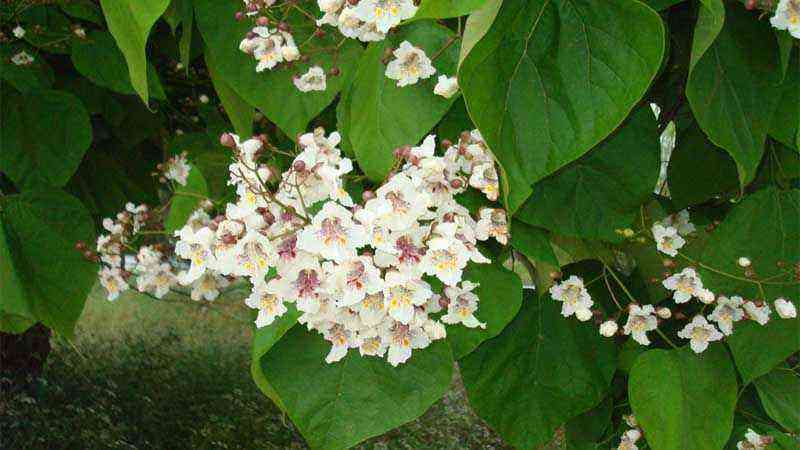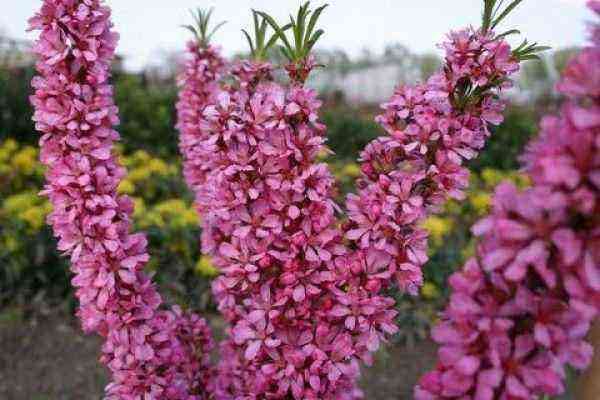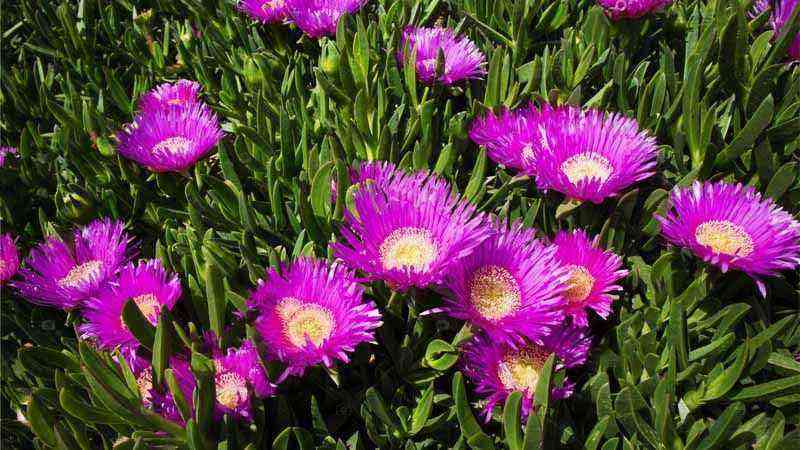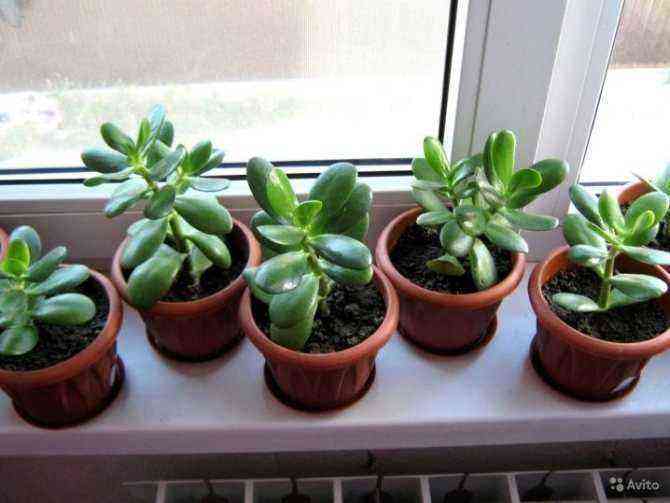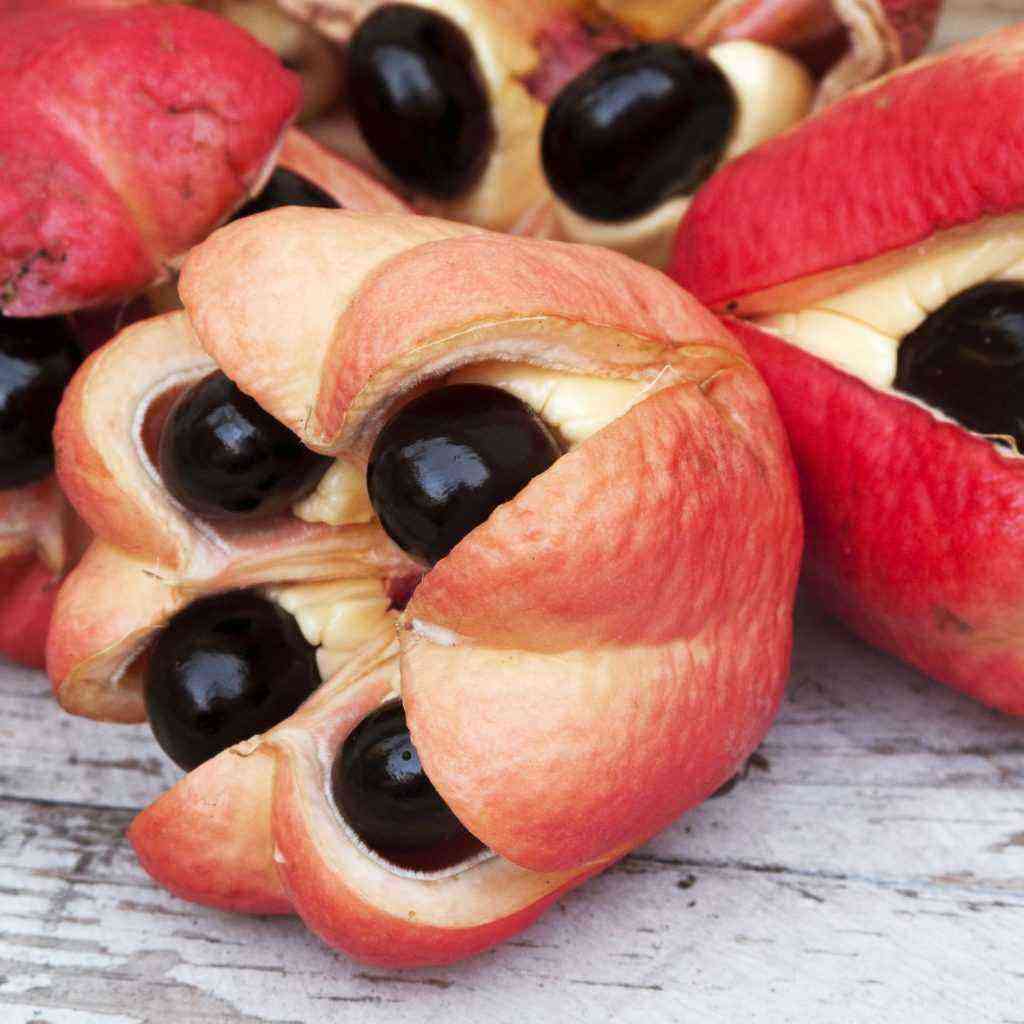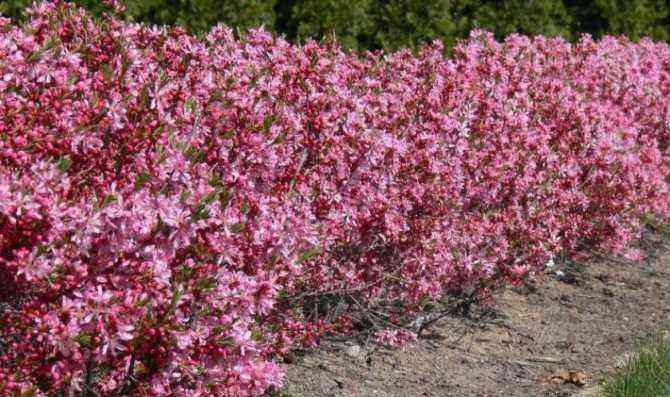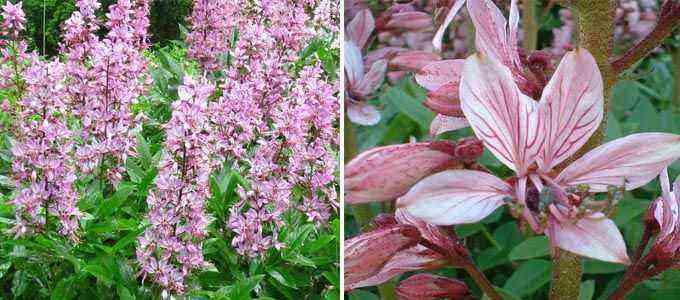Application [edit | edit code]
Steppe almonds are bred as an ornamental shrub.
The seeds contain fragrant almond oil, used in medicine and as food.
The early spring flowering of steppe almonds attracts bees, which collect nectar from it ..
Synonyms [edit | edit code]
A large number of different plant names are known, introduced by different authors, which are now included in the synonymy of this species:
In recent years, more and more often on personal plots one can see an exotic plant for our latitudes – low almonds. During the flowering period, it is simply impossible to pass by such a plant without stopping your gaze. Not only flowers during flowering are distinguished by beauty, but also the fruits of the plant. The shrub originated from southern countries, but despite this it perfectly withstands low temperatures in frosts and has a good survival rate in our latitudes.
Main pests
Steppe almonds are not immune to various types of diseases and pests, so it is necessary to take preventive measures. The shrub is most susceptible to gray rot and rust. At the first signs of illness, you should immediately start taking action.
If a shrub has leaves folding in the form of a tube, then this is the first symptom of the disease – leafletter… To combat the disease and prevent disease in the future, spraying with a 2,5% nitrophene solution is used. Chlorophos is used to kill caterpillars, but its concentration should not exceed 03%.
aphid is one of the most common bean pests. To combat it, spraying with soapy water is effective, for the preparation of which 200 grams of soap is softened in 10 liters of water. To prevent the invasion of the bark beetle, the shrubs are whitewashed with lime every year. To obtain a more stable life of the protective layer of lime, a layer of glue is added on top of it.
Where applicable
Steppe almond is a very bright shrub, therefore it is actively used not as a background plant, but as a soloist. It looks good:
- when creating landscape compositions;
- as a decoration for lawns;
- to create borders;
- when landscaping alpine hills;
- in rockeries and against the background of boulders;
- in flower bouquets when cutting.
The life time of almond twigs after cutting is not very long and averages 3 days. Compositions of dry almond twigs, cut not only during flowering, but also during fruiting, look very good.
Description and characteristics
In nature today there is about 40 varieties of almonds… Almost all of them are thermophilic plants growing in subtropical regions. Among all types, the low almond stands out. In our country, along with this name, the plant is very often called bean, steppe, dwarf, wild almonds. Low almond belongs to the type of flowering shrubs and, with proper care, can delight with its flowering for many years. An adult plant reaches a height of 1,5 meters. The leaves of the shrub are small, oblong and dark green in color. The flowering period occurs at the beginning of spring, it is at this time that almonds are abundantly covered with small pink flowers.
The advantage of the plant is its excellent survival rate, the ability to withstand cold and drought. This ability is associated with the structural features of the root system. Low almonds have roots that go deep into the soil, which are able to extract moisture in sufficient quantities even in dry weather with a prolonged absence of precipitation.
The fruits of wild almonds in the form of nuts ripen in the middle of autumn, each of which is about 6 centimeters long. Inside contains a core with a delicate aroma and pleasant taste. Eating raw is dangerous, since inside such a nut contains a substance capable of releasing hydrocyanic acid when it enters the stomach. After heat treatment, almond nuts can be eaten. Bobovnik is the only fruiting almond species that grows well and tolerates wintering in our regions. The seeds of the plant have been used for medicinal and culinary purposes for a long time.
On the horticultural market today you can find interesting almond hybrids with an unusual flower shape and even standard forms. The following varieties are most in demand:
When buying, it is worthwhile to clarify in advance the growth conditions and peculiarities of caring for the variety in order to avoid possible disappointments in the future.
How to plant
Correct fit largely determines how well the plant will take root in a new place and how successfully it will grow in the future. First you need to decide on a permanent place for the bean. Such a plant is southern in nature, it is recommended to choose an open, sunny place, on which the sun’s rays fall most of the daylight hours.
In the absence of such, it is necessary to choose a place with minimal shading. It is worth knowing that the plant does not tolerate drafts at all, so you should take care of protecting the legume from gusts of wind.
An important step is preparing the correct soil. The optimum level of acidity for the soil for almonds is considered to be 7,5 H. The soil for planting can be prepared with your own hands, knowing the correct proportions of the main components. The following composition has proven itself well per bush:
- leaf land – 3 parts;
- humus – 2 parts;
- sand – 1 part;
- lime – 300 grams.
Planting is carried out in such a way that a distance of about 1,5 meters remained between the bushes. This distance is considered normal so that the shrubs grow freely and do not interfere with each other.
After digging a hole for the bean tree, it is necessary to prepare drainage to exclude stagnation of excess moisture and decay of the roots. Each hole should be sized to fit the entire bean root system. The following can be used as drainage material:
It is recommended to make a drainage layer about 20 centimeters high. A small layer of sand is poured over the drainage layer, on top of which a small layer of prepared soil is poured. Almond roots are placed in the hole and straightened, after which they are covered with a layer of soil so that the neck is above ground level.
Planting a plant
Important! The shrub will not survive without sunlight, so it is imperative to plant the plant in open ground, farther from the shade.
It is also required to take into account that the branches of the shrub grow mainly in the side, therefore it is recommended to calculate the planting scheme in advance if several steppe almond plants are planned in one area. On average, there should be at least 4 meters between each bush.
What time to plant
The optimal time for planting steppe almonds will be late autumn (but before the onset of cold weather) or mid-spring, when the temperature regime is fully established, and the degrees in the soil are stable at around 12-15. Such a plant will begin to bear fruit by the fall.
Soil for planting
In order for the shrub to stand out with a brighter flowering, and to increase the yield, it is required to fertilize the soil before planting and then once a year. To do this, use:
- humus;
- animal manure;
- vegetable compost.
It is recommended to take care of creating good drainage in advance, the plant does not tolerate stagnant moisture. It is also required to disinfect the soil with ordinary lime. One shrub will require up to 300 grams.
Seedlings preparation
When planting in autumn, seedlings do not require special preparation, except for disinfecting the roots. For this, a weak solution of potassium permanganate is used. However, if the plant is planted in spring, the root system of the seedling needs to be treated with a clay mash. The procedure will preserve moisture and prevent the almonds from drying out at first.

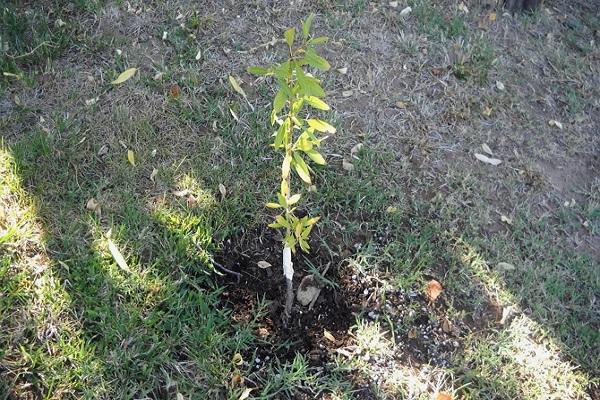
The planting process
Steppe almonds require the creation of special planting conditions, or rather holes:
- the hole is dug out in a square, a little more than half a meter;
- drainage from rubble and sand is laid out on the bottom;
- with fertilized soil, they form a hill and drive a number of support into it;
- the roots are placed around the peaks, without bending the branches;
- all are buried with fed earth.
Features of care
Bobovnik is a southern plant and despite its unpretentiousness, it requires attention and adherence to certain rules of care. Neglecting the recommendations can lead to plant disease or even its death. A distinctive feature of almonds is the ability to actively release shoots, so the main rule of care is to remove them in a timely manner. Otherwise, such growth leads to a weakening and less abundant flowering of the shrub.
In early spring, pruning of the plant is mandatory. This procedure is carried out in order to create a correct crown shape for a shrub, remove diseased and dried branches. Pruning the plant contributes to the formation of a more lush crown of the shrub and its abundant flowering. This procedure is carried out immediately after flowering. Each branch of an adult shrub is cut to about a third of its length. For its ability to tolerate a haircut well, the plant is very much in demand by designers in landscape design.
How to propagate almonds
Buying a ready-to-plant almond bush will require financial costs, and if you want to plant several kuts, such costs can become very significant. Low almonds can simply be propagated in several ways. In total, there are four ways to propagate a shrub:
- using seeds;
- grafting;
- using the vaccination method;
- using the undergrowth.
Planting seeds is carried out directly into the ground in winter or spring. When planted in early spring, the seeds must first be stratified within 4 months. After the onset of warm spring days and stable positive temperatures, they can be planted. Before planting, the soil is thoroughly loosened and fertilizers are applied to the soil. When growing almonds from seeds, the first fruiting begins after 5 years.
Cutting is recommended in the middle of the summer season.… To do this, a small stalk with several nodes is separated from the parent shrub and placed in a nutrient solution for several hours. After that, the process is planted in the ground so that several nodes are above ground level. If the stalk has taken root, then for the winter period it must be sheltered from the cold.
The essence of the grafting method is that well-ripe branches are taken from an adult bush. Each branch is grafted onto a peach or plum. For reproduction by shoots, it is enough to separate it from an adult bush while preserving the root system and transplant. After rooting, such a plant begins to bear fruit in 3-4 years.
Reproduction
Steppe almonds are considered a versatile plant in terms of reproduction. It is customary to distinguish five popular methods to increase the amount of culture:
- using seeds;
- by grafting a plant;
- grafting;
- reproduction by shoots;
- and layers.
Important! It is required to prepare the garden area in advance and get rid of rodents. Otherwise, there is a risk of complete destruction of shrubs or seeds.
Growing from the bone
Often gardeners grow a plant from a seed. It is recommended to lay seeds in the soil in the spring, when the temperature regime is fully established. And when the process reaches 30 centimeters in height, it is required to transplant it into a specially prepared hole with drainage. Gardeners advise placing 3 seeds in one dimple, so the probability of germination increases, and the excess can always be removed during transplantation.
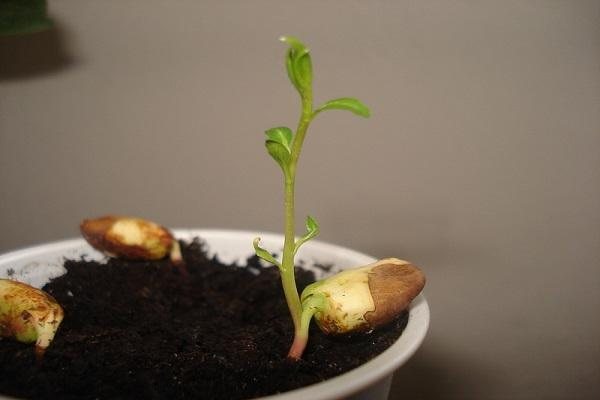

Almond grafting
You can graft the plant to cherry plum, plum and bird cherry. The procedure is carried out in the spring, when the trees are saturated with juice as much as possible.
Important! When fixing a twig on a tree, you should not hide the bud in the cut of the tree.
Cutting
Steppe almond cuttings need to be prepared in early July by cutting off the tops of the cuttings with a couple of nodes that are covered with wood. Then the procedure looks like this:
- the stalk is placed in a growth stimulator for 15-20 hours;
- rooting is performed in a cold greenhouse;
- landing is done in peat mixed with sand (1: 2);
- landing on a bed for ripening.
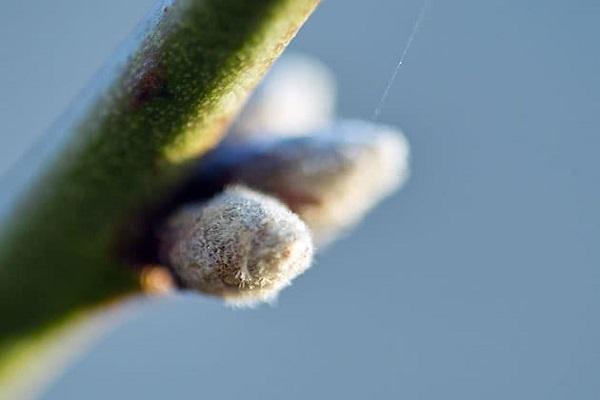
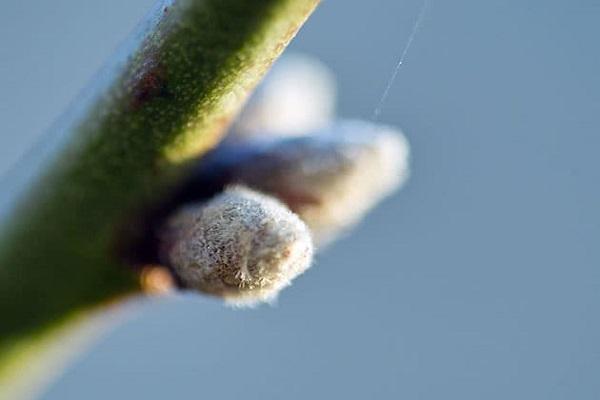
How to propagate by growth
With regular pruning of the steppe almond shrub, shoots are abundantly formed, which is also used for reproduction. It is preferable to dig it out in the second year, after the formation of the root system. Follow-up care is the same as for a one year old seedling.
Reproduction by layers
Wild almonds are undersized, so layering is not difficult. It is enough to fix the twig to the ground with a metal bracket. It is also watered, fertilized, loosened and weeds removed. The next year, when the roots appear, the plant can be planted.

